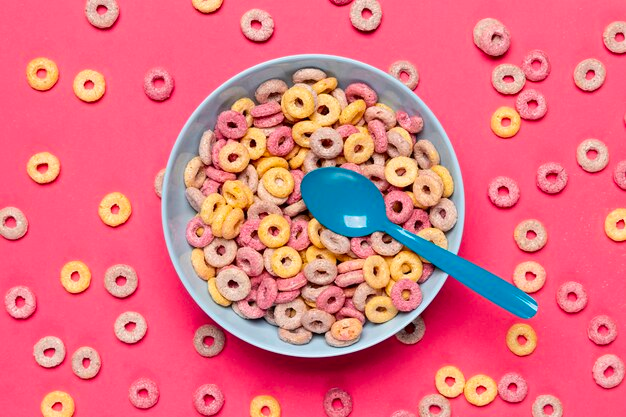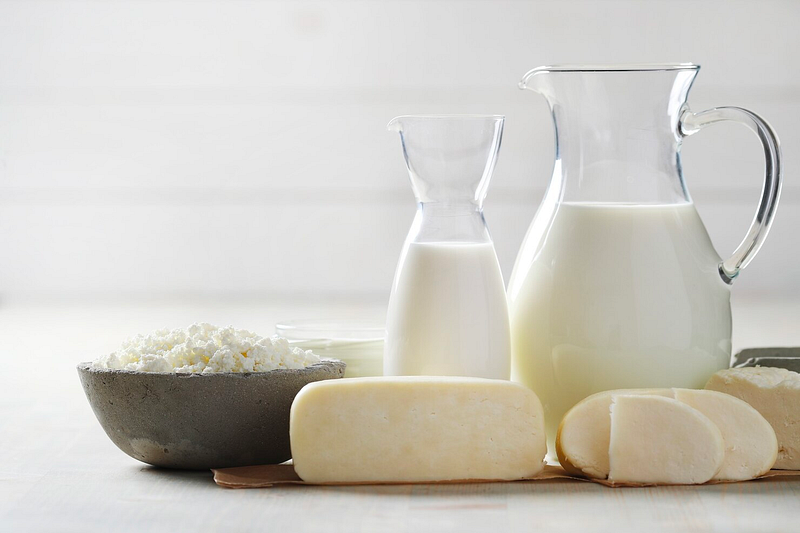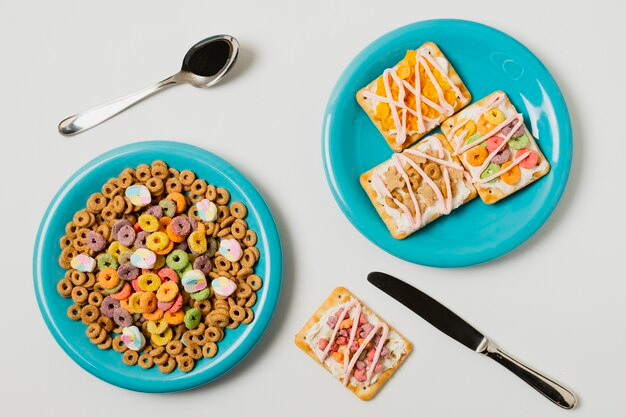In the heart of American kitchens, nestled behind the vibrant packaging and enticing advertisements, lies a secret world of food products that are shockingly absent from European households.
Yes, there are American foods that are banned in other countries!
It’s a reality that many consumers are blissfully unaware of: the fact that numerous foods found on the shelves of United States grocery stores are banned across the Atlantic in Europe.
These restrictions are not random; they stem from the dangerous additives and chemicals present in these products, substances that have raised alarms in more cautious corners of the (culinary) world.
Let’s go over some of the top American foods that are not sold in Europe.

1. Farm-Raised Salmon: The Pink Deception
At first glance, farm-raised salmon appears wholesome and nutritious.
However, its inviting pink hue is a facade, achieved through the use of chemicals that are banned in countries like New Zealand and Australia.
In these nations, the petrochemical responsible for the salmon’s color is prohibited due to its potential harm to consumers.
This startling revelation forces us to question the very nature of the food we consume, urging a deeper examination of the processes behind our meals.
It also highlights the importance of focusing on clean meats, such as wild-caught salmon that gets its color from a natural, healthy diet.
2. Dairy Dangers: The Hormonal Imbalance
Dairy products in the United States often contain added RBST or RBGH hormones, which are used to stimulate higher milk production in cows.
While this may boost dairy industry profits, it could pose significant health risks to consumers. These dairy products are on the list of U.S. foods that are banned in other countries.
These hormones, banned in Canada and many European countries, can disrupt the delicate balance of our bodies, leading to potential long-term health issues.

3. Cereal Killers: The Carcinogenic Crunch
You may be curious to find out what food additives are banned in European countries but allowed in U.S. foods.
The seemingly innocent cereals that line our breakfast tables can harbor a hidden danger.
Brands like Frosted Flakes, Honey Bunches of Oats, and Rice Krispies often contain BHT, a flavor enhancer with carcinogenic properties.
Countries such as Japan and members of the European Union have recognized the risks associated with BHT and banned its use in food products, yet it continues to be a staple in American breakfasts.

4. Colorful Conundrum: The Artificial Rainbow
Artificial colorings, including Yellow 5, Yellow 6, and Red 40, are ubiquitous in American processed foods.
Skittles, Gatorade, Pop-Tarts — these beloved products all share a common, potentially harmful ingredient.
While the United States allows these colorings without restraint, European countries exercise caution, implementing bans or strict warnings due to their potentially adverse effects, especially on children.
So these are just another example of American foods that are banned abroad.

5. Trans Fats Troubles: The Silent Culprits

Trans fats, notorious for their role in inflammation and cholesterol problems, are prevalent in American food items.
From coffee creamers to biscuits, these harmful fats infiltrate our diets, contributing to a myriad of health issues.
In contrast, many European nations have imposed limits on the use of trans fats, prioritizing the well-being of their citizens over corporate convenience.
In the face of these revelations, it becomes clear that consumers must advocate for transparency and accountability in the food industry.
The responsibility lies not only with regulatory bodies but also with individual shoppers.
Educating ourselves about the products we buy, understanding ingredient labels, and demanding healthier alternatives are crucial steps toward fostering change.
Conclusion
In conclusion, the disparity in food safety standards between the United States and Europe serves as a wake-up call for consumers worldwide.
It emphasizes the pressing need for global cooperation and consistent regulations to ensure that we nurture our bodies rather than harm them.
As we navigate the aisles of our grocery stores, let’s do so with discerning eyes and a commitment to making informed, health-conscious choices.
By demanding better for ourselves and our families, we can contribute to a future where the food on our plates is not just delicious but truly safe and nourishing.
If you want to read more articles like this one, discover delicious recipes that you can eat instead of additive-filled foods, and find other people who are working to lead a healthier lifestyle, visit my website!












